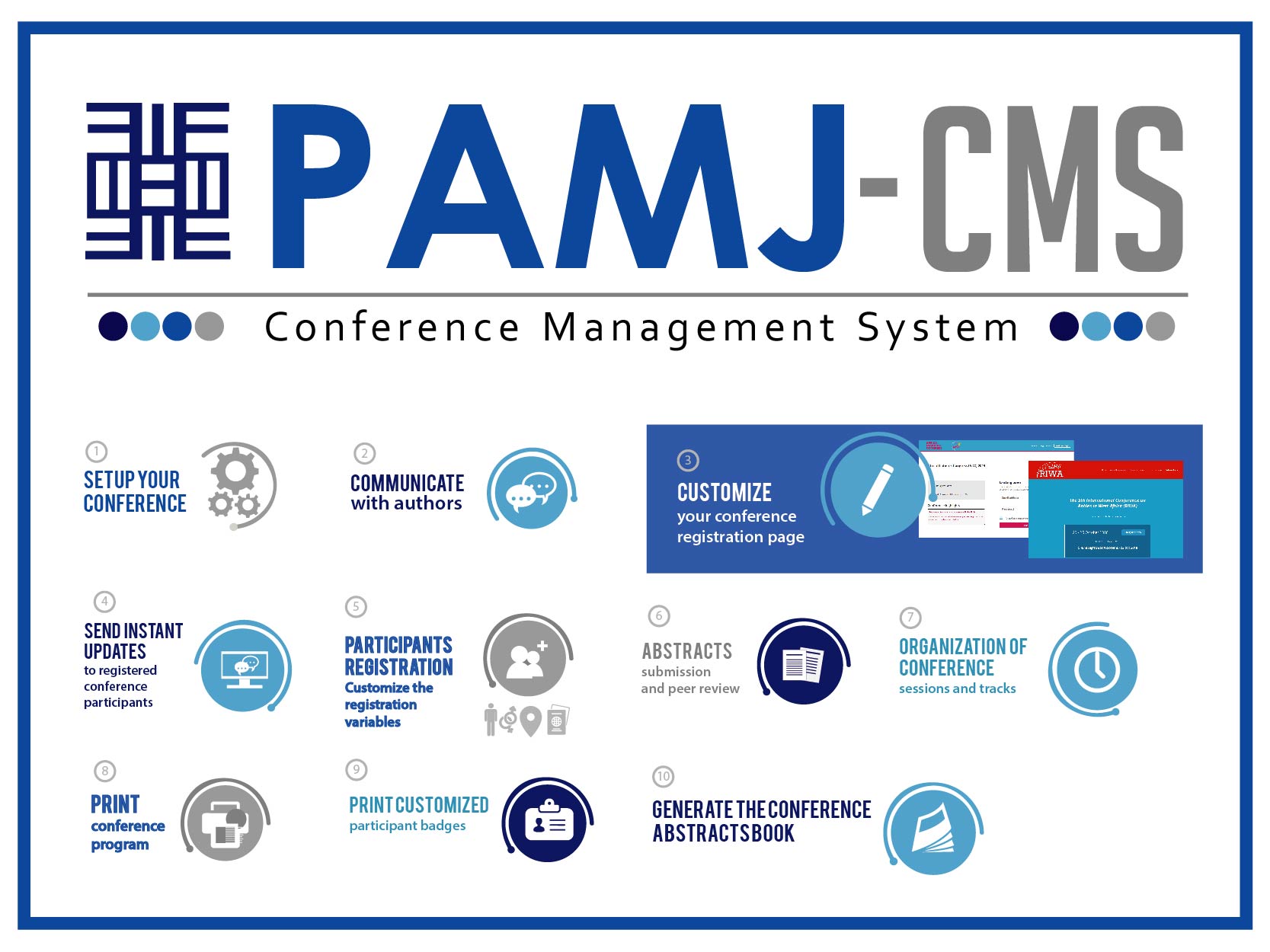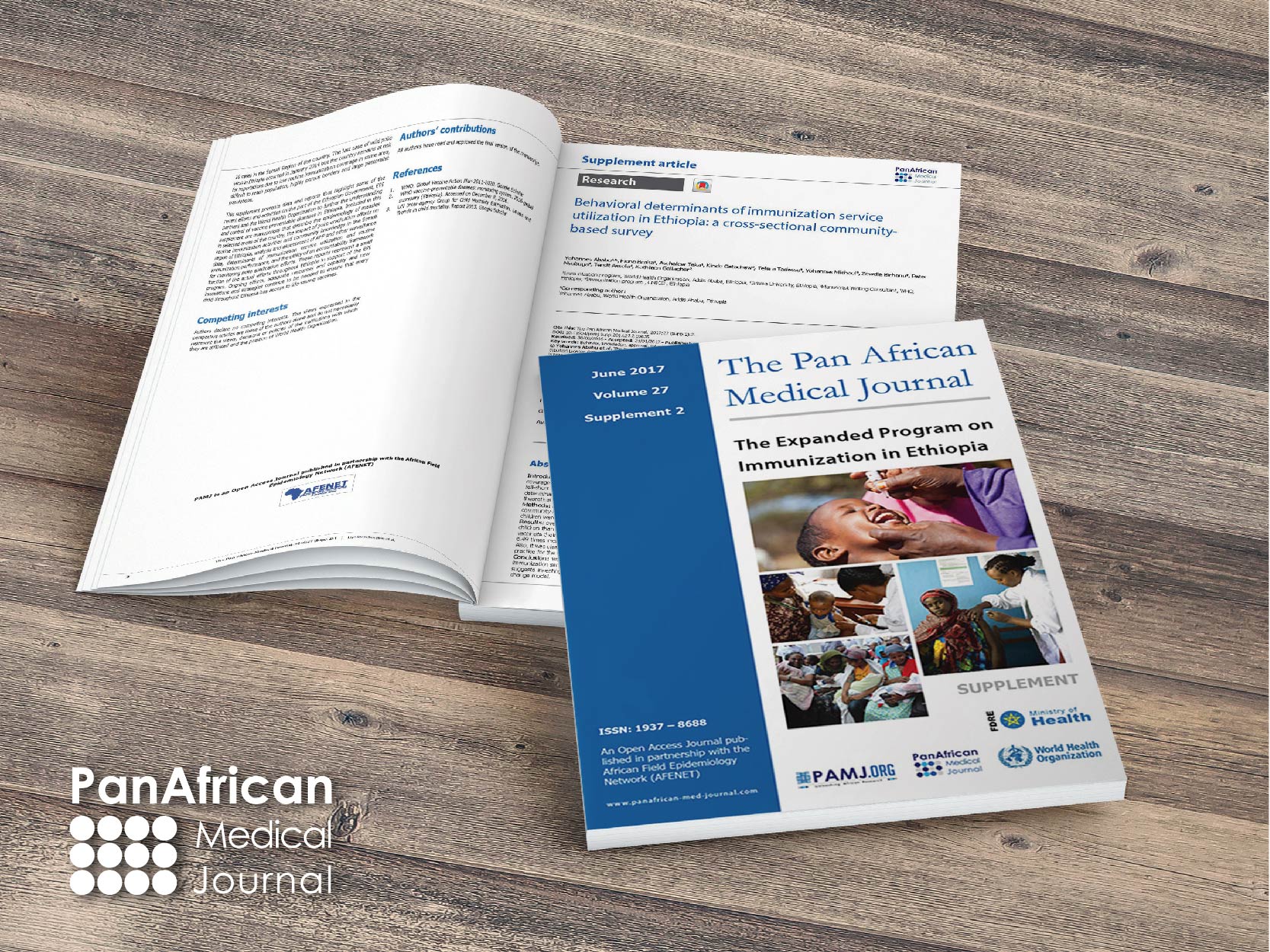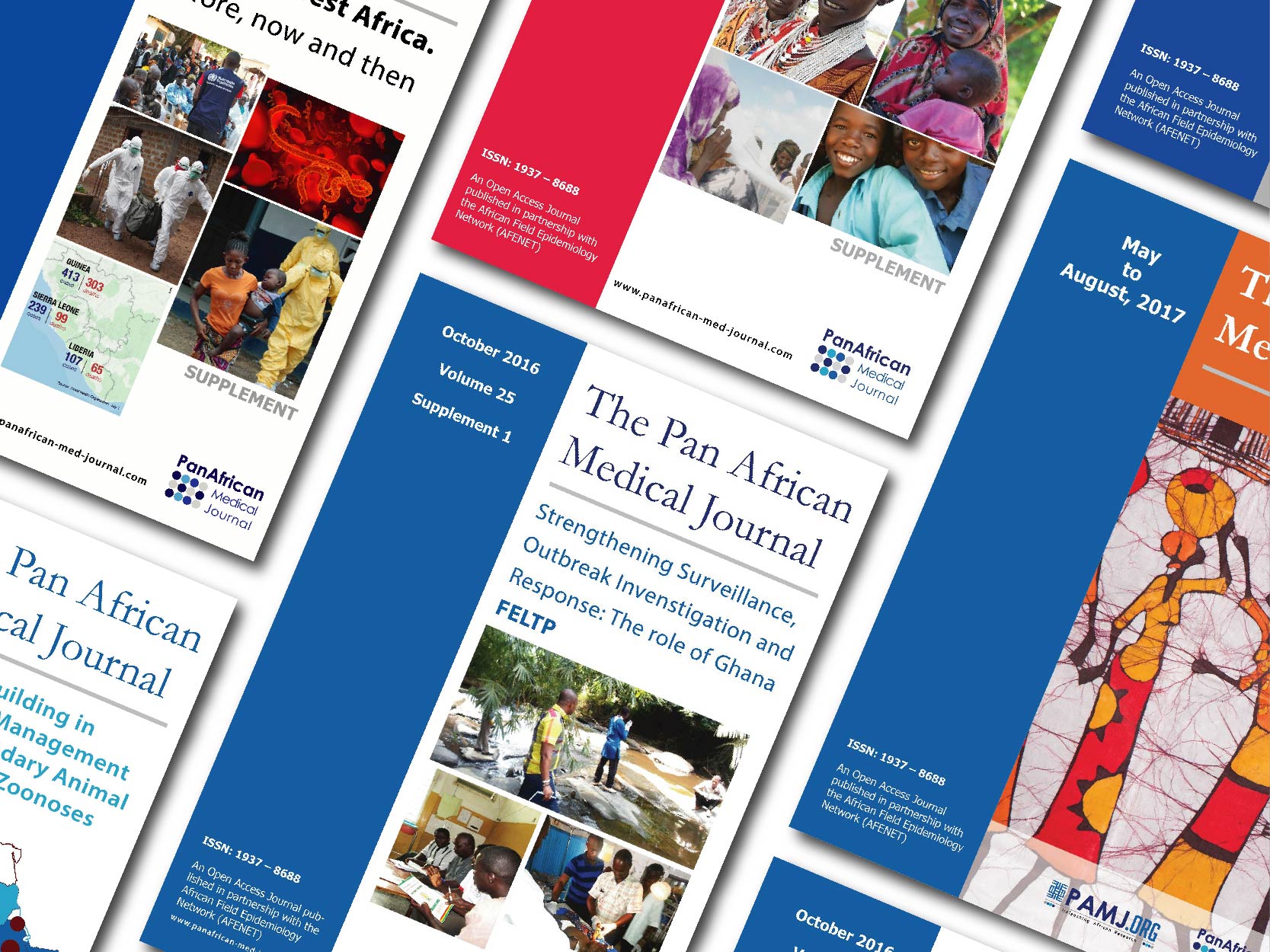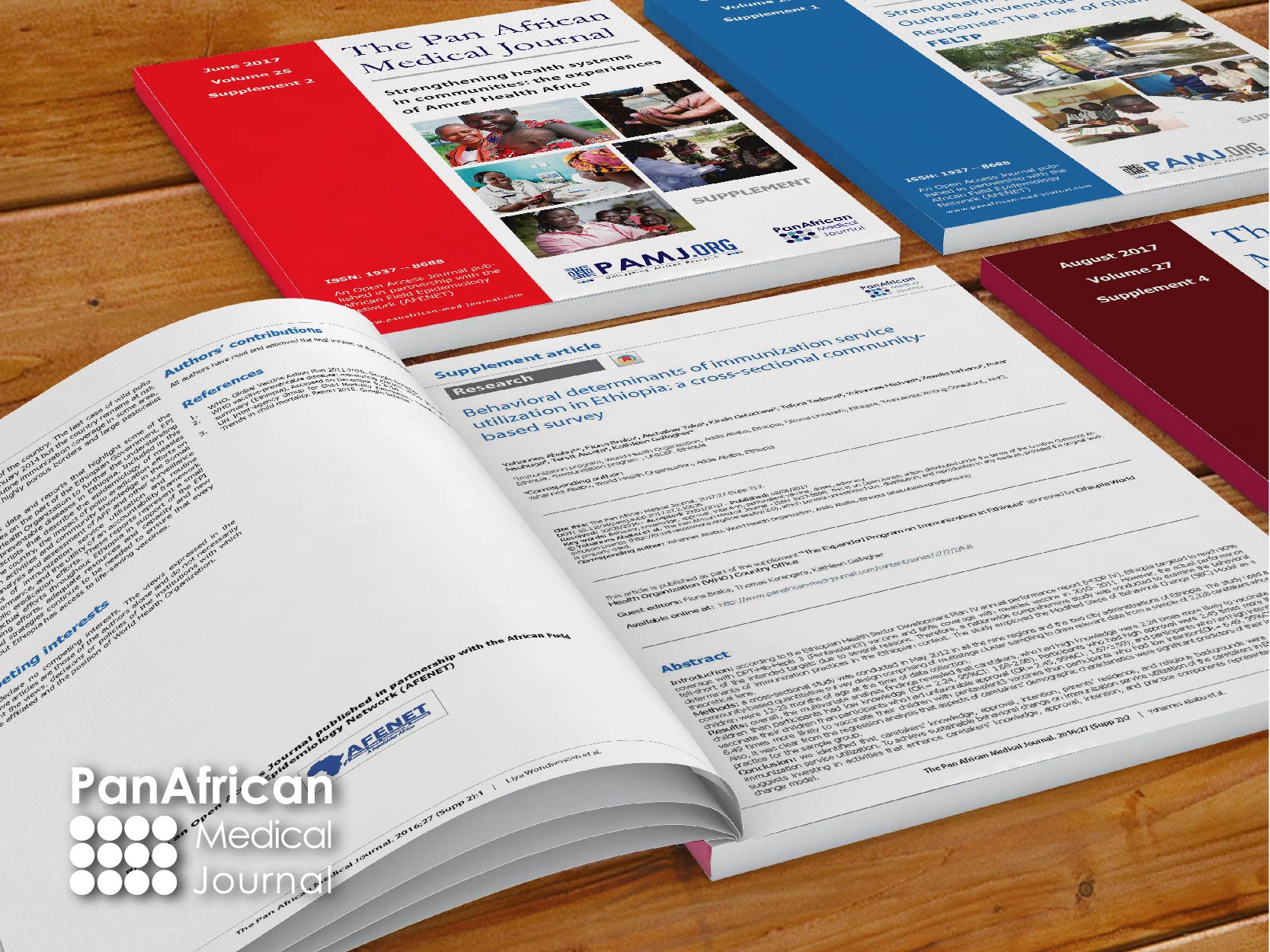Conference abstract
Type 1 diabetes: atypical clinical presentation and course (a case report)
Pan African Medical Journal - Conference Proceedings. 2024:22(145).25
Nov 2024.
doi: 10.11604/pamj-cp.2024.22.145.2561
Archived on: 25 Nov 2024
Contact the corresponding author
Keywords: Type 1 diabetes, blood glucose, insulin resistance
Poster
Type 1 diabetes: atypical clinical presentation and course (a case report)
Yosra Abderrahim1,&, Bchira N1, Mezzia A1, Ben Chhidaa A1, El Guiche D1, Zouaouia C1, Ouertania H1
1Endocrinology and Nutrition Department, Military Hospital of Tunis, Tunisia
&Corresponding author
Introduction: the diagnosis of type 1 diabetes (T1DM) is primarily clinical. Immunological testing is useful in cases of atypical clinical presentation or atypical course, which are becoming increasingly frequent.
Case report: a 19-year-old patient with a family history of type 2 diabetes mellitus (T2DM) was admitted in 2020 for the management of inaugural diabetic ketosis in the context of significant weight loss. The patient, previously obese, had a BMI of 23kg/m2 with no signs of insulin resistance. Hba1c was 14.3%, fasting C-peptide 0.9ng/ml and anti-GAD65/anti-IA2 antibodies were negative. We nevertheless started insulin therapy. After two years without follow-up, the patient admitted that he had not been compliant with insulin therapy, and had experienced prolonged interruptions without any episodes of decompensation. Given the elevated blood glucose levels exceeding 3 g/l and the discovery of a tuberculosis infection, we continued to prescribe insulin to manage the patient's condition. However, the patient subsequently discontinued Insulin. Remarkably, for over a year now, the patient’s blood 140 glucose levels have remained stable without any treatment. A second immunoassay, conducted due to the persistently low C-peptide value (0.8 ng/ml), revealed positive anti-IA2 antibodies (15 IU/ml) this time.
Conclusion: the atypical progression of T1DM in our patient, characterized by the absence of insulin resistance and initially negative antibodies, could have led to misclassification and inappropriate management. A prolonged honeymoon period or subsequent immunoconversion could be possible explanations of this progression.
Type 1 diabetes: atypical clinical presentation and course (a case report)
Yosra Abderrahim1,&, Bchira N1, Mezzia A1, Ben Chhidaa A1, El Guiche D1, Zouaouia C1, Ouertania H1
1Endocrinology and Nutrition Department, Military Hospital of Tunis, Tunisia
&Corresponding author
Introduction: the diagnosis of type 1 diabetes (T1DM) is primarily clinical. Immunological testing is useful in cases of atypical clinical presentation or atypical course, which are becoming increasingly frequent.
Case report: a 19-year-old patient with a family history of type 2 diabetes mellitus (T2DM) was admitted in 2020 for the management of inaugural diabetic ketosis in the context of significant weight loss. The patient, previously obese, had a BMI of 23kg/m2 with no signs of insulin resistance. Hba1c was 14.3%, fasting C-peptide 0.9ng/ml and anti-GAD65/anti-IA2 antibodies were negative. We nevertheless started insulin therapy. After two years without follow-up, the patient admitted that he had not been compliant with insulin therapy, and had experienced prolonged interruptions without any episodes of decompensation. Given the elevated blood glucose levels exceeding 3 g/l and the discovery of a tuberculosis infection, we continued to prescribe insulin to manage the patient's condition. However, the patient subsequently discontinued Insulin. Remarkably, for over a year now, the patient’s blood 140 glucose levels have remained stable without any treatment. A second immunoassay, conducted due to the persistently low C-peptide value (0.8 ng/ml), revealed positive anti-IA2 antibodies (15 IU/ml) this time.
Conclusion: the atypical progression of T1DM in our patient, characterized by the absence of insulin resistance and initially negative antibodies, could have led to misclassification and inappropriate management. A prolonged honeymoon period or subsequent immunoconversion could be possible explanations of this progression.








